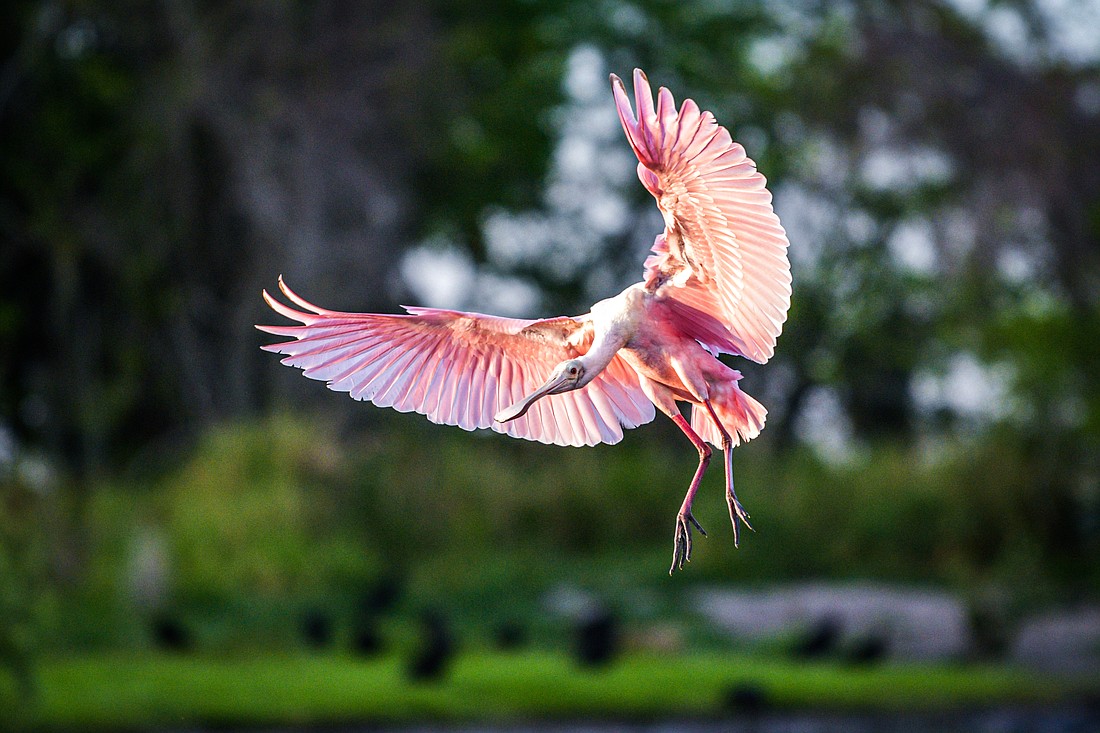- December 26, 2024
-
-
Loading

Loading

Floodplain marshes, which are found along rivers and streams, are an important natural community at Myakka River State Park. A defining feature of these marshes, which are dominated by herbaceous vegetation and shrubs, is that they are directly influenced by flooding on an annual or semi-annual basis. Indeed, wildlife and plants that live in or along the wild and scenic Myakka River depend on such hydroperiods, when marshes are covered by water, to survive and thrive.
As experienced in the aftermath of Hurricane Ian, by slowing runoff and storing flood water, floodplain marshes like Myakka's reduce the impact of flooding. And by providing habitat and critical sources of energy and nutrients, they also support large and diverse populations of plants and animals, including many threatened and endangered native species.
When allowed to remain intact, natural communities self-manage. Unfortunately, Myakka's floodplain marshes were heavily impacted by human development and agriculture and became overwhelmed by non-native grasses, including the highly invasive para grass and West Indian marshgrass. These aggressive plants, introduced in the early 1900s as forage for livestock, have little wildlife value, crowd out native plants and impede water flow.
To protect the important benefits offered by floodplain marshes, Myakka's Florida Park Service staff, in partnership with The Florida Fish and Wildlife Conservation Commission and Southwest Florida Water Management District, have been working diligently to restore their health. For more than 10 years now, using a variety of treatments, including prescribed fire, they've been removing invasive plants from Myakka's Big Flats Marsh and the Upper Myakka Lake shore, to the benefit of native species — including the crowd-pleasing coreopsis, a golden wildflower that blooms in late spring.
As natural hydrology is also very important for floodplain health, a deteriorating weir, built by the Civilian Conservation Corps in the 1930s, was removed last year to restore the natural flow of the Wild and Scenic Myakka River. As part of this restoration, a bypass channel, created in 1974, was filled in. In addition to helping restore healthy habitats for native plants and wildlife, ongoing revegetation efforts in this newly created floodplain marsh area should also result in enhanced wildlife viewing opportunities for park visitors.
Friends of Myakka River exists to support Myakka River State Park and the Wild and Scenic Myakka River. Together, we're protecting and sharing Myakka's Magic, to the benefit of future generations, and our own. Follow us @FriendsOfMyakkaRiver.